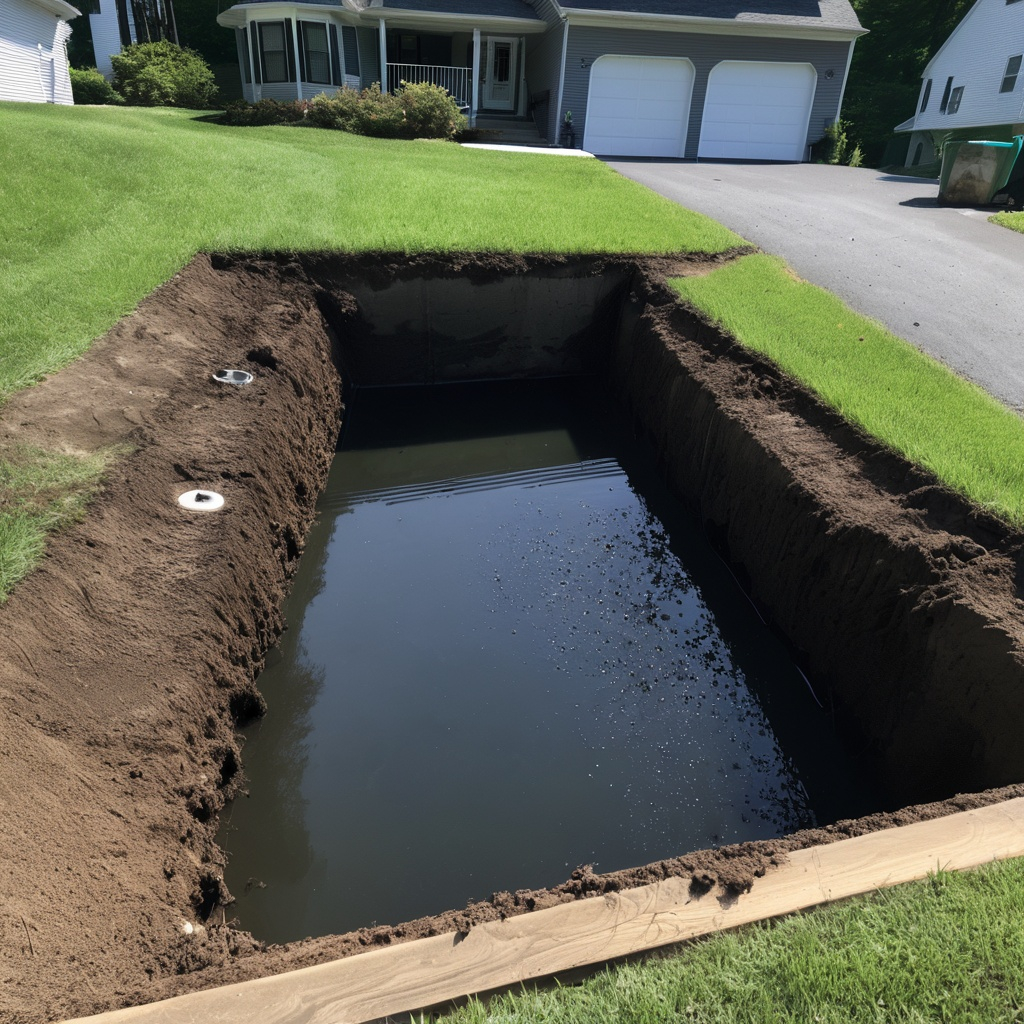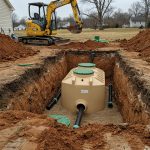The drain field is a critical component of your septic system, responsible for filtering and dispersing wastewater into the soil. When it fails, the consequences can be severe—and expensive. Here’s how to spot the signs of a failing drain field and take action before it’s too late:
- Soggy Ground: If you notice standing water or unusually wet areas over the drain field, it could indicate that the field is not properly absorbing wastewater.
- Foul Odors: A strong sewage smell near the drain field is a clear sign that something is wrong. This could mean that wastewater is not being filtered properly and is rising to the surface.
- Slow Drains: If sinks, toilets, or showers are draining slowly, it could be a sign that the drain field is clogged and backing up the system.
- Lush Grass: While green grass is usually a good sign, an unusually lush patch over the drain field could indicate that wastewater is leaking to the surface and acting as a fertilizer.
- Sewage Backup: In severe cases, sewage may back up into your home, creating a health hazard and requiring immediate attention.
If you notice any of these signs, call a septic professional right away. Early intervention can prevent a complete system failure and save you thousands of dollars in repairs. To avoid drain field problems, pump your tank regularly, conserve water, and avoid flushing non-biodegradable items.
The #1 Septic Tank Treatment On The Market
“The released oxygen reacts immediately with the waste substances that are inside your septic tank and reduces, then slowly eliminates the smell – in just 3 to 5 days.”


